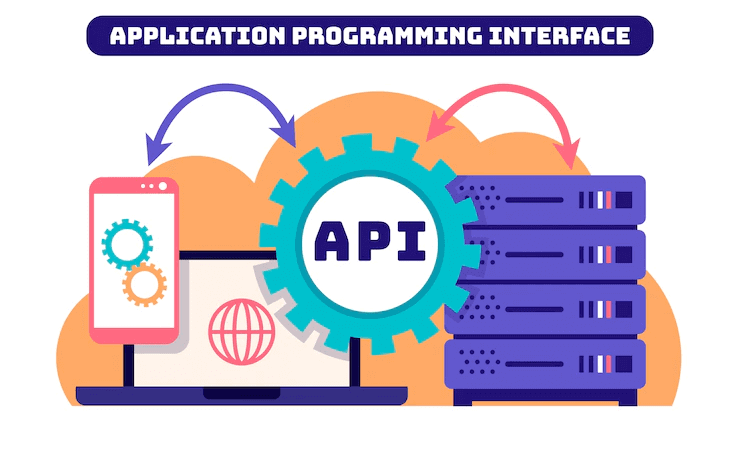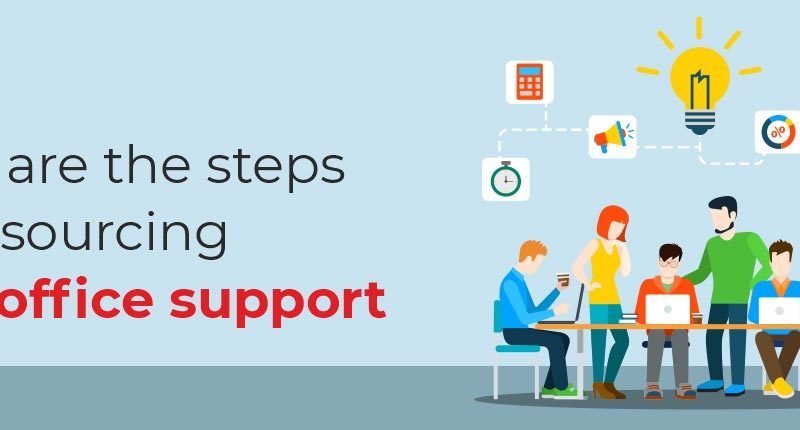Contact Center Solution

Most of us are familiar with what a Call Center is and the feeling of desperation when communicating with one and listening to that horrible music on hold while we hope that someone can attend to our request. For many companies, a call center is an essential asset for doing business. However, for customers, the fact of having to resort to a Call Center is enough to instill fear even among those with high levels of patience. But times are changing and the Call Center as we know it is a thing of the past: now we work with Contact Centers or Contact Centers .
Of course, for those on the receiving end of said music on hold, in a situation remarkably similar to years past, they may well be wondering what has really changed. And what is the difference between a Call Center and a Contact Center? In general, those customers trying to contact businesses through a phone call may not be able to notice changes in the software used by the Call Center to make their experience and interactions more satisfactory. But believe us, the improvements are there.
Contact Center VS Call Center
Although the two terms are very often used interchangeably, the main difference between a Call Center and a Contact Center is that traditional Call Centers are used only for incoming and outgoing calls. The main purpose of both is to provide good customer service ; pre and post sales support and consultations. A Contact Center usually includes a Call Center, but also offers other additional communication channels.
The goal of this is to offer customers better service and higher levels of satisfaction, while improving processes and tasks, improving agent productivity and efficiency.
In a Deloitte study, 73% of companies reported that service improvement was a growth driver. When asked about the importance of revenue, customer satisfaction, or cost, 43% of companies said customer satisfaction would be more important to them, compared to just 3% who suggested revenue would be. more important.
Companies have shifted their focus to branding and customer experience, and the contact center is a big part of how well they succeed in these areas.
Key Features of a Modern Contact Center Solution
- Advanced call distribution
- Advanced queue strategies
- Better collaboration and teamwork between agents
- Seamless integration between all communication channels, including:
- Voice
- Video
- Instant messaging
- Live chat platform
- Social media
- Real time reporting
- Powerful integrations with other applications and software
- Increased potential for leads
Improving the CX Customer Experience with a Contact Center Solution
A good modern contact center software solution will enable agents to work seamlessly across multiple communication channels, integrated applications and software. This omnichannel approach not only allows agents to work more efficiently both independently and as a team, but also ensures that customers can have a more satisfying experience with the company or brand.
With contact methods like chat and instant messaging, customers can reach a business on their own terms, at their convenience. And, should you need to elevate the exchange of messages to a voice or video call or even screen sharing, agents can quickly and seamlessly invite the customer to change channels, without losing contact or subject history. . What’s more, digital communication and WebRTC allows correspondence to be carried out at no cost to the customer, a big step forward from the days of high call center fees.
When it comes to the old-fashioned phone call, it’s really anything but. VoIP and WebRTC technologies are used to reduce call costs, while seamless integration with CRM and support ticket applications mean that customer issues are resolved faster and all correspondence is more consistent. Plus, with the advanced features that contact center software can offer, such as queuing strategies, agent status availability, and easier, more reliable call transfers, customers are quicker to reach exactly who they are. they need to talk. No more keeping them on the line for half an hour and then moving them to numerous extensions.
Increase sales through chat
Although contact centers are most often associated with customer service, where the user is the one who reaches out, they are also often used the other way around, where the agent is the one who does the talking. Call centers have been doing this for years; Hundreds of call center agents band together to reach potential customers. However, with modern contact center software, there is much more potential to collect and track leads. This can start with website behavior monitoring and marketing software integration, which allows agents to view customer behavior across websites, as well as their purchase history and cart abandonment.
Buy-online-with-chat
The beauty of this is that before you engage with a visitor, you can look at their behavior on the website to get a better idea of how to personalize communication. Have they stayed for a while on a particular page? Start by asking them if there is a specific feature they are looking for in your new product. Did you just add the latest model to your basket? Go ahead and show them where they can find an accessory. Are they frantically running from page to page? Why not ask them if there’s anything about their services that they couldn’t find?
This is where the website’s live chat comes in handy. With 76% of consumers shopping online, we can no longer use the traditional sales tactics of yesteryear. With live chat this can be brought back, with agents able to reach website visitors, assisting them through the buying process, answering their questions, offering alternatives, suggesting complementary products and so on. Converting website visitors into customers or leads, just like you would in the showroom, store, or sales office.
This type of approach is especially useful in industries such as insurance, financial services, retirement products, or any type of service that cannot normally be purchased without consultation. In retail, automated chat boxes can signal and remind potential buyers that help and advice are just a message away. Consumers are increasingly reluctant to call to get the information they need; they want to have everything at hand for reference, but that doesn’t mean you should post every last detail on your website. Agents can make sure they don’t walk away empty-handed and turn to a competitor by jumping into live chat. In this way, they can provide more information and show people,






